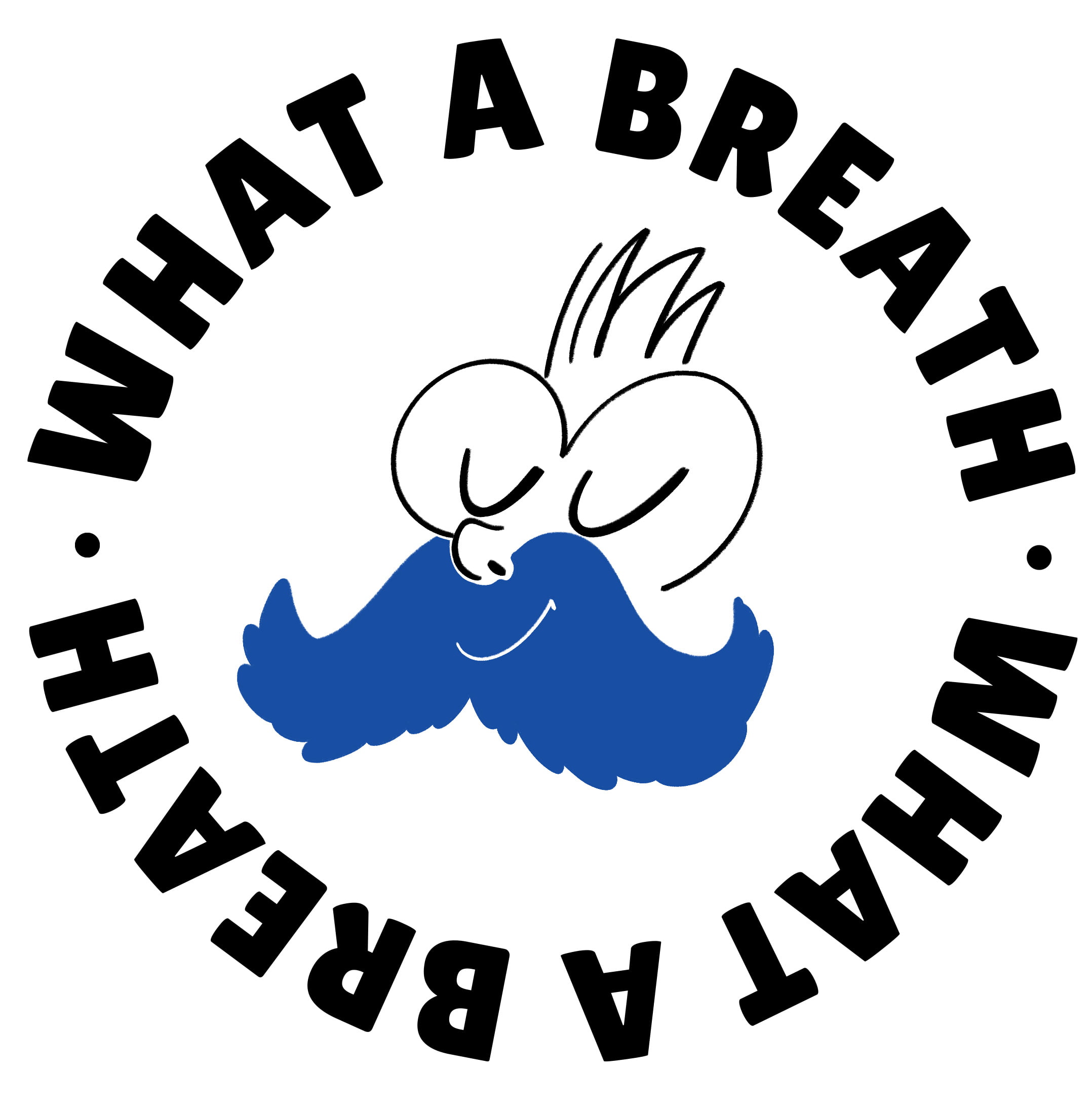Pregnancy brings a complete revolution to the body. Among the many changes, one of the most evident concerns breathing. As the weeks go by, the uterus grows and pushes the diaphragm upward, the muscle that regulates breathing. This explains why, especially from the second trimester onwards, many women feel short of breath or unable to breathe deeply.
It is not a health problem: the body is simply adapting. For this very reason, learning to breathe better and more consciously becomes precious support. Breathing is not only a physiological mechanism but also a bridge between body and mind, capable of influencing energy, relaxation and even pain perception.
Breath in pregnancy and emotional well-being
It is not uncommon for the expectant mother to experience moments of anxiety or agitation. Questions about childbirth, worries about the baby and normal hormonal changes can make days more tense. In these situations, conscious breathing becomes a real tool for balance.
Closing your eyes, taking a slow deep breath, letting the air out gently through the mouth: a simple gesture, yet capable of calming thoughts and bringing attention back to the present. Some women even report perceiving a connection with the baby, as if breathing became a silent dialogue between mother and child.
Breathing well also means reducing cortisol levels, the stress hormone. It is not only a matter of immediate well-being: a constant state of relaxation benefits both mother and fetus, who receives more oxygen and lives in a calmer intrauterine environment.
Simple and effective breathing techniques
One of the easiest exercises to try is diaphragmatic breathing. Sit comfortably, with your back supported and hands on your belly. Inhale slowly through your nose, trying to “inflate” your abdomen like a balloon. Then exhale through the mouth, gently. It is important not to force and to listen to the natural movement of the body.
Over time, you can extend the exhalation: for example, inhale counting to three and exhale counting to five. This simple proportion promotes deep relaxation, also useful for falling asleep more easily in the evening.
During the second trimester, it can be useful training with chest breathing. In this case, hands are placed on the ribs, feeling the sideways expansion of the chest with each inhalation. This exercise develops awareness of the rib cage and helps prepare for labor, when breathing becomes a tool to face contractions.
The role of posture
Breathing well during pregnancy also means paying attention to posture.. Not all positions allow for good chest expansion and, especially in the later months, certain habits can make breathing more difficult.
Lying completely on your back, for example, is not ideal: the weight of the uterus compresses the vena cava and hinders circulation. It is better to choose inclined positions, lie on one side with a pillow for support, or sit cross-legged if comfortable. Even the simple act of opening the shoulders and relaxing the chest promotes wider, more natural breathing.
Caring for posture is not only good for breathing: it also helps reduce lower back pain, improves circulation and prevents swelling and fatigue.
Breathing and labor: a fundamental resource
Childbirth is the moment when breathing shows all its power. Contractions, which may seem frightening in their intensity, become more manageable if accompanied by conscious breathing.
A very useful technique is rhytmic breathing: inhaling and exhaling at a regular pace, almost like following an imaginary metronome. This rhythm helps maintain focus and not let pain or fear take over.
Another practice is slow and deep breathing during the early stages of labor, which relaxes muscles and saves energy. When contractions become closer together, some women find comfort in shorter and shallower breathing, which allows them to “stay in the moment” without losing control.
These are not rigid patterns, but tools that every mother can adapt to herself. The important thing is to remember that breathing does not eliminate pain, but makes it manageable, turning it into part of a natural process.
Everyday benefits of breathing in pregnancy
Breathing is not only useful in the delivery room. Including small moments of conscious breathing in daily life brings numerous benefits. It improves sleep quality, reduces leg swelling, aids digestion and relieves back pain.
Breathing well also means improving oxygen supply to all body tissues, including the brain. It is no coincidence that many expectant mothers notice greater mental clarity and a general sense of calm when they dedicate a few minutes a day to breathing exercises.
Consistency is the key: five minutes in the morning, a breathing break during work, a few deep breaths before sleep. It doesn’t take much time, just regularity. Over the weeks, breathing becomes an invisible ally that accompanies the entire pregnancy.
An ancient gesture that prepares for the future
Breathing is the most natural and ancient act we know. Pregnancy invites us to rediscover it with new eyes, transforming it into an ally of well-being and preparation. No need to master complex techniques: just listen to yourself, allow pauses and give your body the space it needs.
Breathing accompanies every phase of the journey, from the calm of pregnancy to the strength of labor, up to the first meeting with the baby. It remains a precious tool even after birth, when life’s rhythm changes once again.
After all, breathing is nothing but the silent soundtrack of this adventure: a discreet but indispensable companion, making every step a little lighter.






